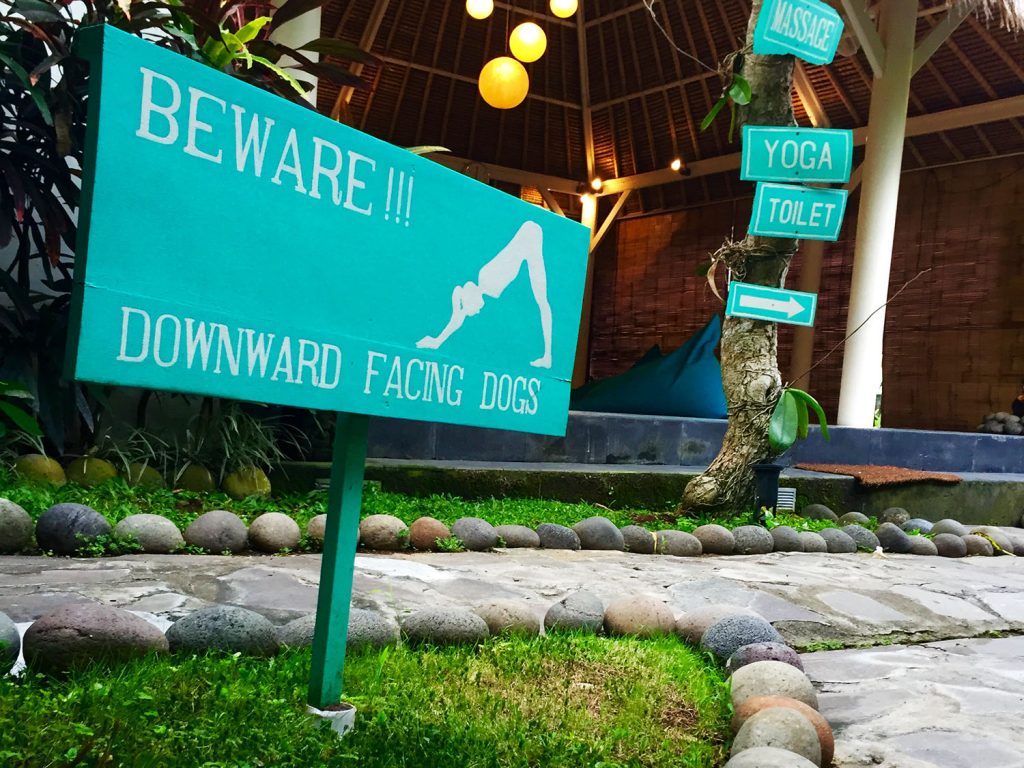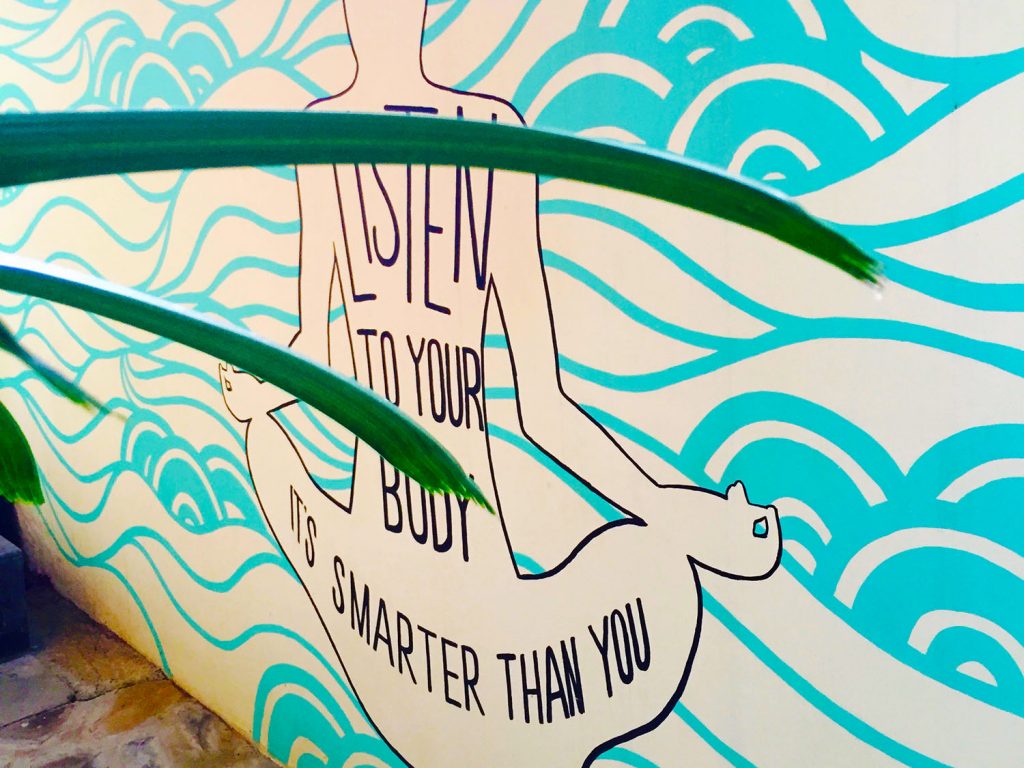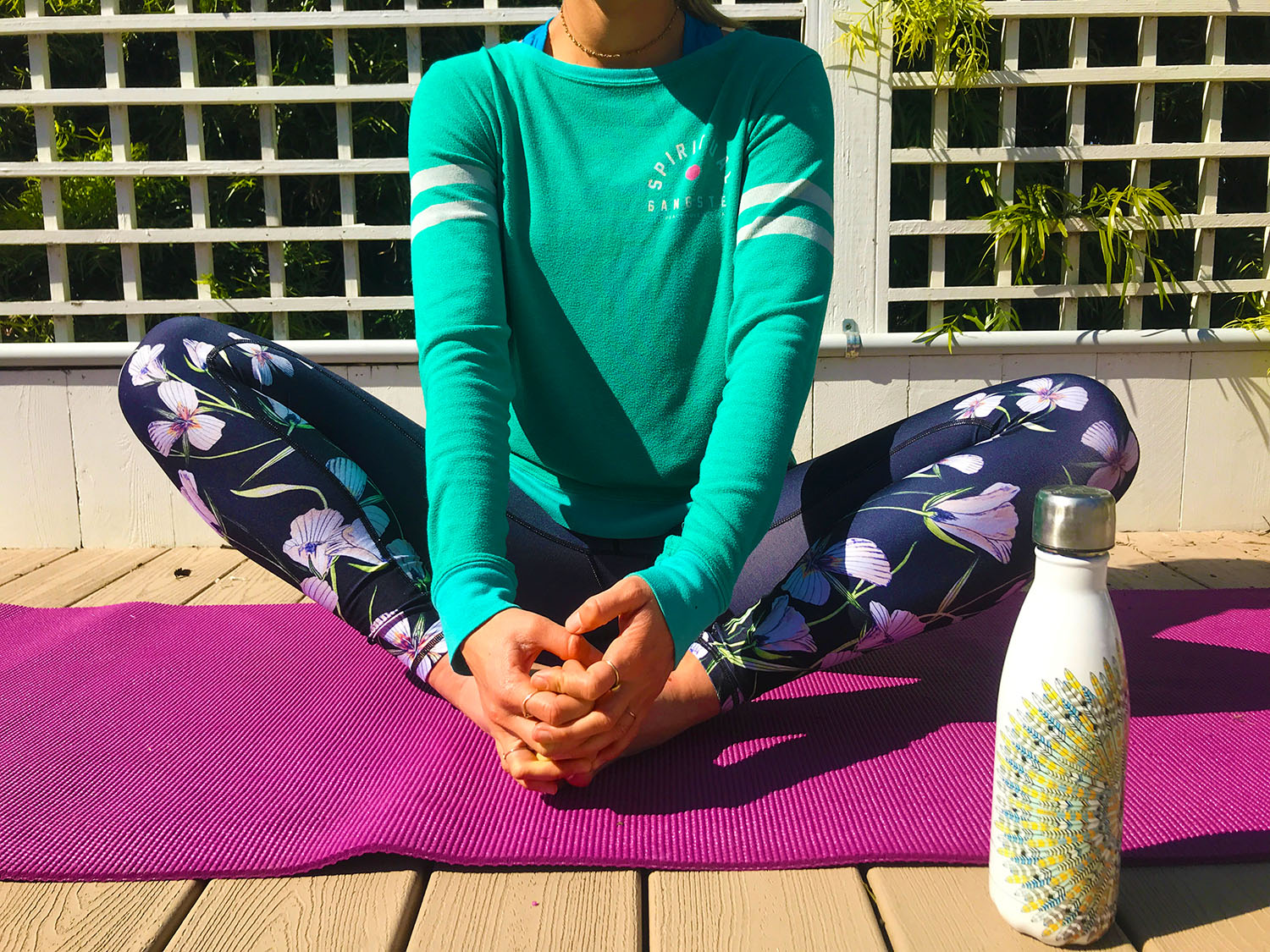A Guide to Hot Yoga for Beginners: What to Expect & How to Make the Most Out of the Workout
When it comes to preparing for surgery, there’s one rule we can’t stress enough: the stronger and healthier you are when going under anesthesia, the easier and faster your recovery will be. Today, then, we wanted to focus on a workout that’s all about building strength and improving health: hot yoga. From what to bring to how to make the most out of the class, we’re breaking down our guide to hot yoga for beginners below—read on for everything first-timers need to know about this seriously sweaty workout and its health benefits.

The Benefits of Hot Yoga:
From lowered anxiety to an improved mood (thanks to all of those endorphins you release through sweating) to the possibility of improved heart health, hot yoga is thought (and in many cases, proven) to have tons of health benefits. Below, we break down three major ones:
- Improved Strength & Range of Motion: According to the New York Times, research on Bikram yoga suggests it improves: balance, lower body strength, both upper- and lower-body range of motion, and “might even help improve arterial stiffness and metabolic measures like glucose tolerance and cholesterol levels, as well as bone density and perceived stress.”
- Weight loss: Yoga isn’t often thought of as a powerhouse calorie-burner—but it really should be! Yoga is a great tool for weight loss depending on the style you practice (more on different yoga styles below)—but, regardless of style, the added challenge of a hot yoga class makes it an even more effective tool for shedding pounds. On average, you burn 477 calories per hour of Bikram yoga (a 90-minute class practiced in a room heated to 105 degrees fahrenheit with 40% humidity). (PRO TIP: If you’re hoping to use hot yoga for beginners as a tool to lose weight, we recommend a heated vinyasa class, a heated power class, or a heated set-series class.)
- Added Flexibility: The high temperatures in a hot yoga class actually have a purpose (beyond making you sweat like crazy). The external heat helps your muscles expand and contract more easily and to a greater extent than they would in a non-heated class. This allows for deeper stretches and, overtime, a stronger yoga practice and improved strength.

Hot Yoga for Beginners: Three Things to Know
1. Know what to bring—and what not to.
When it comes to hot yoga for beginners, there’s nothing more important than having the right gear with you. You should bring a yoga mat (studios often have them available for rent if you don’t have your own) a mat towel (a towel you lie down on top of your mat to help absorb sweat—this can just be a beach towel if you don’t have a yoga mat-specific one), a hand towel, and a water bottle. Be sure you don’t skimp on the towels—hot yoga can make you sweat fast, and you don’t want to spend the entire class slipping and sliding around on a wet mat or not having a hand towel to wipe the sweat from your eyes.
You’ll practice yoga barefoot, and studios don’t like you to wear your shoes in the room at all—so be sure to leave those behind in a cubby or locker. Cell phones and any other personal items (bags, keys, wallets) should be left outside of the room as well. Yoga has a specific set of etiquette, which, as first-timer, can feel kind of finicky—but just be sure to read signs (studios usually have their etiquette rules posted) and, when in doubt, ask the front desk person or teacher before class.
PRO TIP: Call your studio ahead of time and find out when you should arrive as a first-timer. The sign-up process might take a while and, depending on how busy the class gets, you could find yourself stuck with a front-row spot and setting up while the class has already started.
2. Listen to body cues to make the most of the class.
When you’re new to hot yoga, it’s totally normal to peer around the room and check out what others are doing—this can be a great way to get an idea of what the pose should look like when you’re not quite sure what to do with which limb (eagle pose—what is that?!). But try to spend more of your time focused inward and on the instructor’s voice, rather than on what others are doing. Great teachers will give you easy-to-follow body cues (lower your left shoulder, twist your chest toward the purple wall, flex your foot toward your face) that make all of the difference in the pose. Listen closely to the cues the teacher gives and do your best to make isolated body adjustments in response. You’ll notice the tiniest tweaks can make the same pose feel completely different (and, often, so much better).

3. There are all different kinds of hot yoga. Pick one that’s right for you.
Hot yoga itself is simply any type of yoga that’s practiced in a heated room. The heat can range from 80 degrees Fahrenheit to 105 degrees Fahrenheit depending on the studio and style of yoga—different styles require different temperatures and humidity levels. The class you choose can make all of the difference in how much you enjoy the practice—yet, when it comes to hot yoga for beginners, one of the most overlooked parts of the process is picking the right class. Be sure you check out the studio’s schedule and read the class descriptions. Below are three major styles you might see on their schedule:
- Hot Vinyasa Yoga: For those wanting strength and challenge: Vinyasa yoga is a type of yoga that links breath to movement. You’re constantly moving throughout class (inhales and exhales will guide your movement), and performing a ton of chaturanga (a yoga-style push-up). Because of this, vinyasa is the perfect yoga style for those looking to build some serious strength.
- Hot Yin: For something more slow and relaxing: Yin yoga is a style of yoga where you long-hold passive floor poses. (Think: forward fold on the floor for two minutes with relaxing music in the background and the scent of lavender in the air.) It’s typically much more relaxing and slow than a vinyasa-style class—but, because yin is all about stretching, it can still provide a challenge for those who are tight and need long-holds to help open up their hamstrings, back, or hips.
- Hot Set Series: For those wanting strength and consistency: Set series yoga is just what it sounds like—a set series of postures that are practiced in the same order every time you come to class. Bikram Yoga, for example, is a set-series yoga class. Individual studios also offer their own set series classes (often created by a lead yoga teacher or the founder of the studio). They’ll typically brand their set series as a clever name “The Studio X Flow” or “Studio X Signature Series.” These are great classes for both building strength (most set series classes tend to be really tough flows) and tracking your week-over-week progress.
Overall, we love the idea of hopping on the hot yoga for beginners train before your surgery as you work to build strength and improve health. (Did someone say Ohhhhm?)


